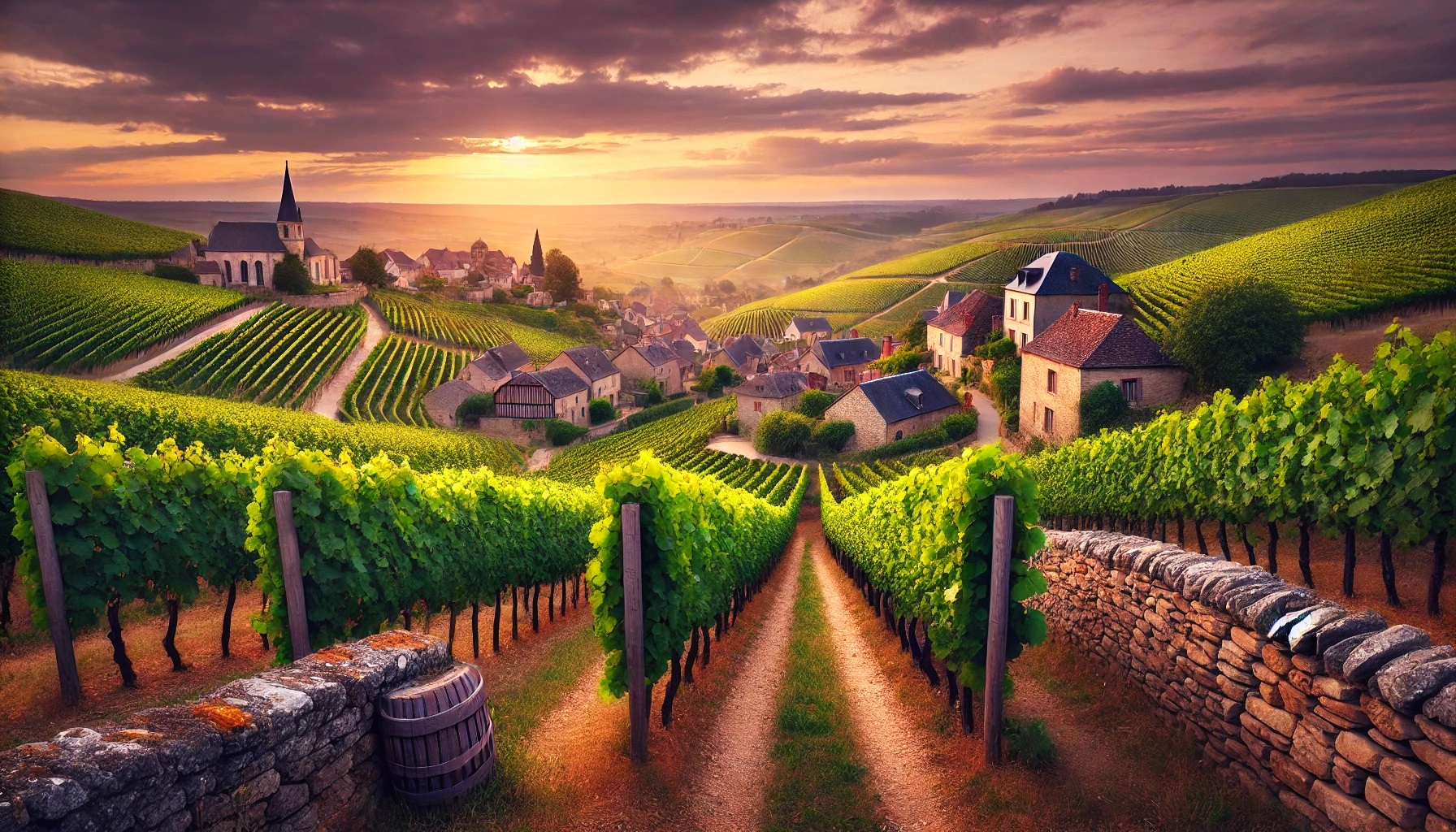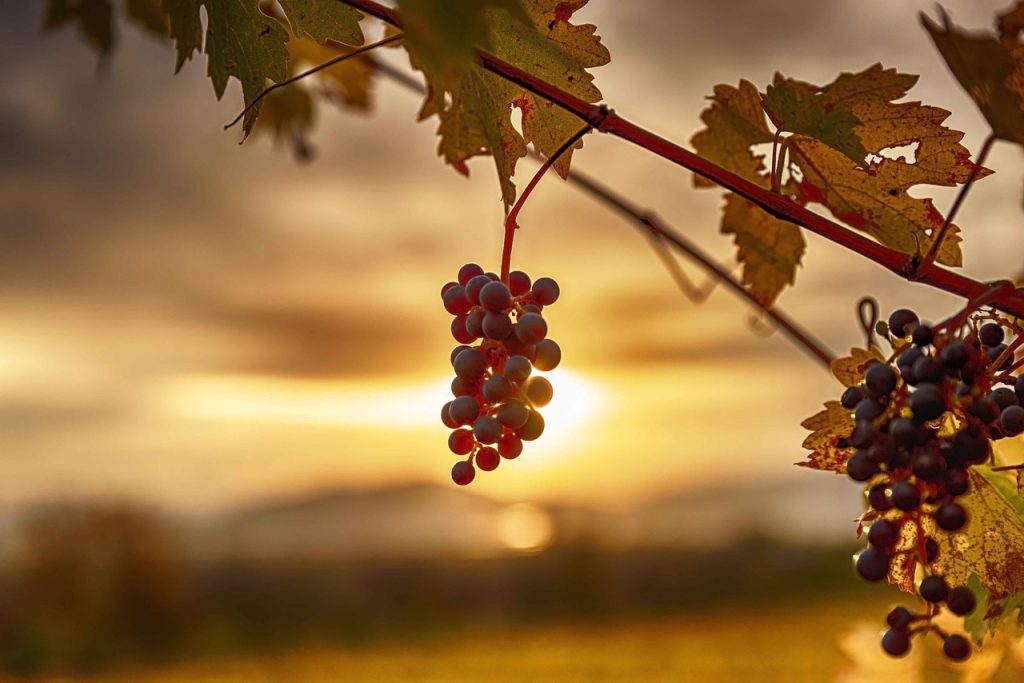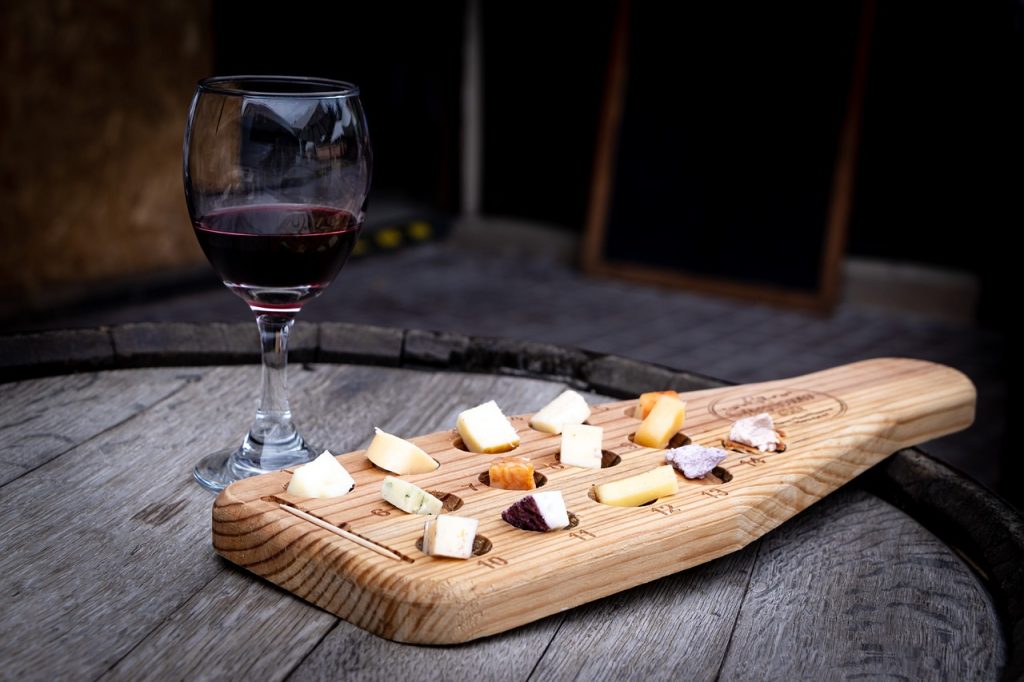
If you’re reading this, there’s a solid chance you’re either into wine or very curious about it. But here’s the deal: Pinot Noir from Burgundy isn’t just any wine. It’s the wine that wine lovers dream about. Burgundy, or “Bourgogne” as the locals say, is the Holy Grail for Pinot Noir fans. It’s like Mecca for those who worship the vine. And let’s be honest, a visit to Burgundy without tasting its famous Pinot Noir is like visiting Paris and skipping the Eiffel Tower. But don’t worry. I did the hard work of wandering through endless rows of vines, talking to vintners, and sipping glass after glass of heavenly Pinot Noir — all so you can vicariously enjoy it too. So, we’re about to take a tasty, liquid journey through one of the most beautiful and historic wine regions in the world.
The Charm of Burgundy: More Than Just Wine
First, let’s set the scene. Burgundy isn’t just about wine — although that’s obviously the star of the show. Picture rolling hills dotted with ancient, stone-walled vineyards that stretch as far as the eye can see. Every village looks like it fell out of a medieval storybook, with cobblestone streets, timber-framed houses, and those cute little church spires poking into the sky. Honestly, it’s hard not to get distracted by the beauty of the place. You’ll probably catch yourself gawking at the scenery, muttering, “Is this even real?”
Now, don’t get me wrong. Burgundy has a lot going on: incredible food (foie gras, anyone?), cheese that will change your life, and charming locals who always seem to know exactly which wine you need to taste next. But, as much as I could go on about those mouth-watering delights, we’re here for one reason: Pinot Noir.

Pinot Noir: The Diva of Grapes
If Pinot Noir were a person, it would be that glamorous, high-maintenance friend who’s somehow worth the drama. Pinot Noir is famously tricky to grow. It’s thin-skinned, moody, and sensitive to every little thing — the soil, the weather, and even the winemaker’s mood (okay, maybe not the mood, but you get the point). However, when everything comes together just right, Pinot Noir can produce the most elegant, complex, and downright delicious wines in the world.
And where does Pinot Noir shine brightest? Burgundy. This region is the grape’s ancestral home, the place where it thrives, and the reason wine geeks go weak in the knees when they hear “Burgundy.” In this magical corner of France, Pinot Noir transforms into something special — earthy, fruity, floral, spicy — all at once. It’s basically a glass of wine with an entire novel’s worth of flavors.
Villages of Burgundy: The Pinot Pilgrimage
Now, let’s talk about the heart of Burgundy: the Côte d’Or. This is where the serious action happens. It’s divided into two parts: the Côte de Nuits to the north, which is Pinot Noir heaven, and the Côte de Beaune to the south, which also dabbles in Pinot Noir but is a bit more focused on Chardonnay. But today? It’s all about that red, so let’s focus on the Côte de Nuits.
Here’s how it works: the villages in Burgundy are like their own little celebrities. You’ve got Gevrey-Chambertin, Vosne-Romanée, and Nuits-Saint-Georges — names that make wine lovers swoon. Each village has its own vibe, style, and taste profile, depending on the “terroir,” which is a fancy French word for the magical combination of soil, climate, and, well, the wine gods’ blessing.
Gevrey-Chambertin: If Burgundy is a kingdom, then Gevrey-Chambertin is its warrior king. This village produces bold, powerful Pinot Noirs that are rich, deep, and built to last. Drinking a Gevrey-Chambertin is like sipping on pure nobility. You don’t just drink it — you experience it. It’s earthy, with layers of dark fruit, spice, and that unmistakable “forest floor” aroma. (Yes, I know. Fancy people smell things like forest floors in their wine. Don’t ask me how. Just go with it.)
Vosne-Romanée: Oh, Vosne-Romanée. This is the village that makes wine lovers weak in the knees. The wines from here are known for their finesse and elegance. They’re the Audrey Hepburn of wines — graceful, sophisticated, and leaving you wondering how anything can be that perfect. Imagine sipping a glass filled with ripe cherries, roses, and a touch of spice, and you’re in Vosne-Romanée territory.
Nuits-Saint-Georges: For something a little more robust, head to Nuits-Saint-Georges. These wines are a bit more structured and sturdy, with a mix of red and dark fruit, pepper, and sometimes even a hint of gamey-ness (which sounds weird but is actually amazing). It’s the kind of wine that makes you want to curl up next to a fireplace and just…contemplate life.

The Art of the Tasting: How to Pretend You Know What You’re Doing
So, you’re in Burgundy, surrounded by stunning vineyards, medieval villages, and probably more wine than you’ve ever seen in one place. Now what? Time to taste!
Here’s a tip: when you visit Burgundy, don’t rush through the tastings. Wine here isn’t just a beverage — it’s a culture, a history, and quite frankly, an art form. Burgundy’s winemakers aren’t just making wine; they’re crafting liquid poetry.
When you arrive at a winery (or “domaine,” if you want to impress the locals), take a deep breath and soak it all in. The cellars are often cool, dark, and filled with the kind of old barrels that look like they belong in an Indiana Jones movie. The winemaker, or sometimes their great-great-grandchild, will guide you through the tasting.
Don’t worry if you’re not a pro at describing wine. The point is to enjoy the experience. That said, if you want to look the part, here’s what to do:
- Swirl the wine in your glass like you’re auditioning for a wine commercial. This helps release the aromas. Don’t spill it though. That’s awkward.
- Stick your nose in the glass and take a deep sniff. Try to identify a few aromas — fruit, flowers, spices, that forest floor thing we talked about. If you smell something weird, don’t freak out. Burgundy wines are known for having a little “funk.”
- Take a sip and hold it in your mouth for a moment before swallowing. Notice how the flavors evolve. Is it fruity? Earthy? Spicy? Do you feel the tannins (that dry feeling) on your tongue?
- Smile and nod knowingly. You’ve got this.
The Grand Crus: The Best of the Best
In Burgundy, not all wines are created equal. The region uses a classification system that ranks vineyards from “Village” level wines (still delicious) all the way up to the coveted “Grand Crus.” Grand Cru vineyards are the crème de la crème, representing only about 2% of Burgundy’s wine production.
These wines are the stuff of legends. They’re often pricey, sometimes hard to find, and always unforgettable. Imagine the finest bottle of wine you’ve ever had, then multiply that by ten. That’s a Grand Cru. If you get the chance to taste one, don’t say no. (Also, try not to cry tears of joy.)
Wrapping Up the Journey
By the end of your Burgundy trip, you’ll likely have fallen head over heels for Pinot Noir — if you hadn’t already. Burgundy’s Pinot Noir isn’t just a drink; it’s an experience, a love affair, a memory that stays with you long after the last drop has left your glass.
So, if you ever get the chance to visit Burgundy and taste Pinot Noir at the source, take it. Embrace the magic of the vineyards, the charm of the villages, and the passion of the winemakers. And when you raise that glass of Pinot Noir to your lips, savor every drop, because you’re not just drinking wine — you’re drinking history.
[…] blend, inspired by Burgundian winemaking traditions, is unique to Tuscany. It takes the richness of Chardonnay, known for its full-bodied […]
Burgundy is truly a dream destination for wine lovers, especially for those who appreciate the elegance of Pinot Noir. Tasting it right at the source is an unforgettable experience, with every sip reflecting the region’s rich terroir and history. If you also enjoy exploring other classic French wines, I highly recommend checking out Champagne for a taste of exquisite bubbles that perfectly complement Burgundy’s refined reds.
A journey through Burgundy, tasting Pinot Noir at its source, is just like studying abroad—rich, immersive, and full of discovery. Whether you’re preparing for UCAT, AEAS, or UKISET, or applying via the Non-JUPAS route, every step toward your goal is like savoring a fine wine—complex but rewarding. Understanding tuition costs, culture, and the academic landscape is key, just like understanding the terroir of a great wine.